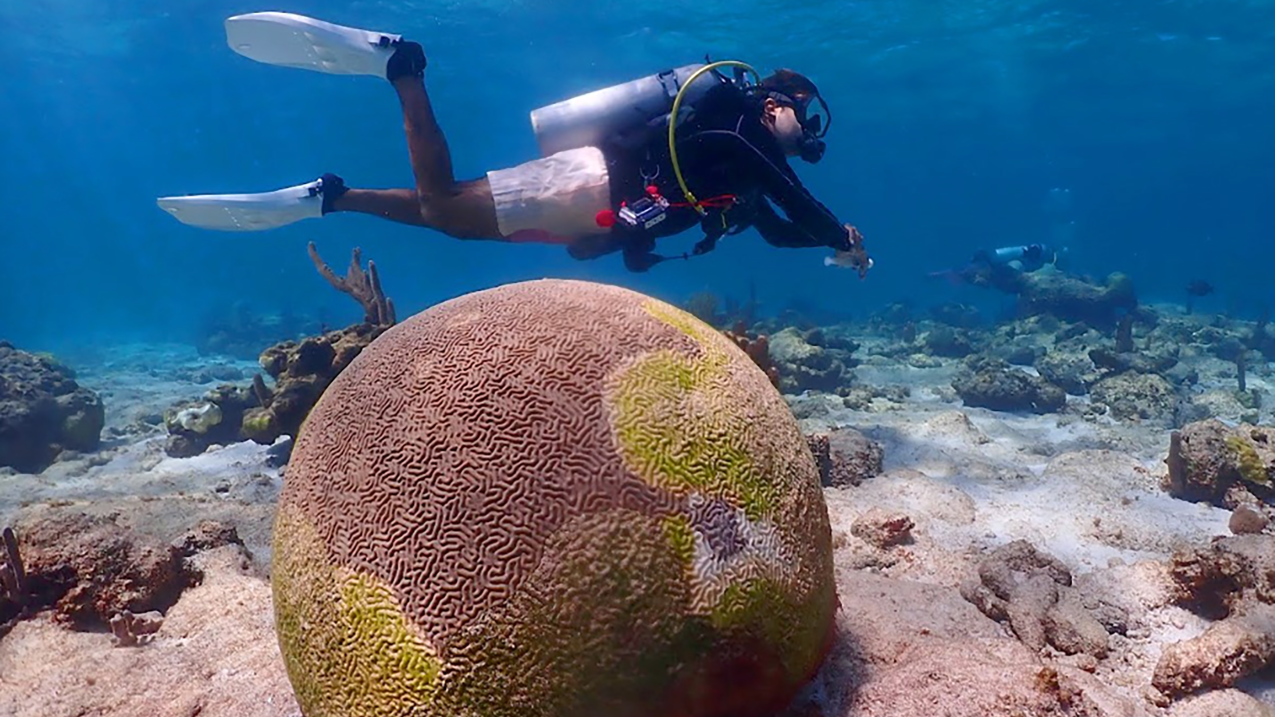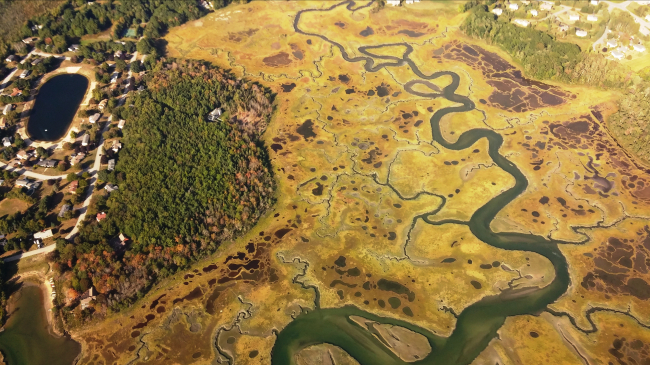
Rico Diaz swims past a heavily diseased brain coral. (Image credit: U.S. National Park Service)
On Wednesday, October 5, NOAA will announce a plan to guide future actions to treat and prevent the spread of a disease affecting coral reefs in Florida and the U.S. Caribbean. The plan will also include actions to prevent the spread of the disease to the Indo-Pacific.
Stony Coral Tissue Loss Disease, first identified in 2014, has harmed more than 22 species of stony corals in Florida, the U.S. Virgin Islands, and Puerto Rico, and continues to spread across the Caribbean. Cases have been confirmed in at least 20 countries and territories.
WHAT
News teleconference on coral disease response plan, followed by Q&A.
For credentialed reporters only.
WHEN
Wednesday, October 5, 3:00 p.m. ET
WHO
- Jennifer Koss, director, NOAA Coral Reef Conservation Program
- Caroline McLaughlin, national coral disease coordinator, Florida Sea Grant
- Andy Bruckner, research coordinator, NOAA Florida Keys National Marine Sanctuary
HOW
Dial-in: 1-415-228-4947 (international: 888-324-9424), Passcode: CORALS
Media contact
Jennie Lyons, jennie.lyons@noaa.gov, (202) 603-9372



